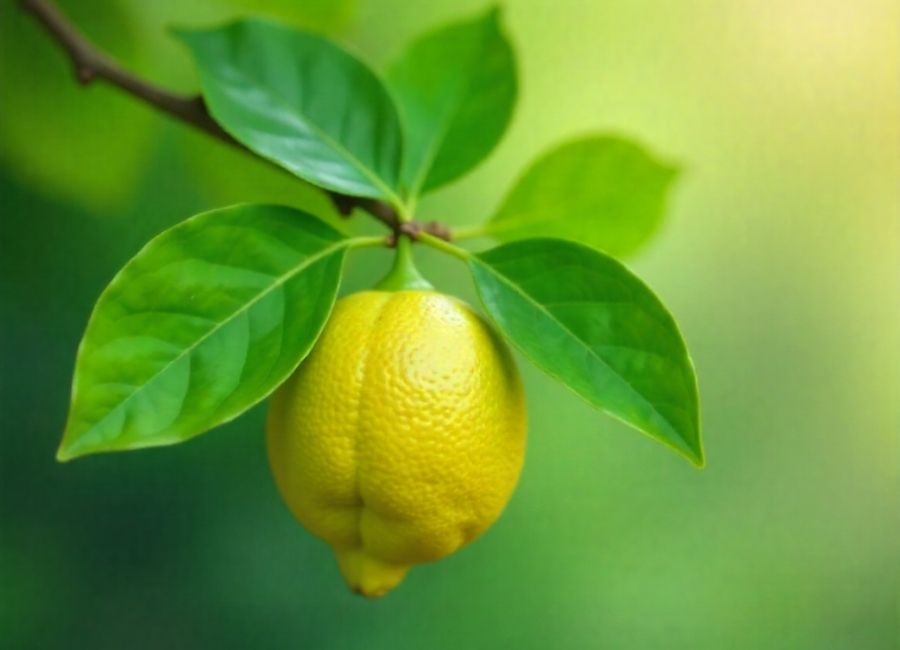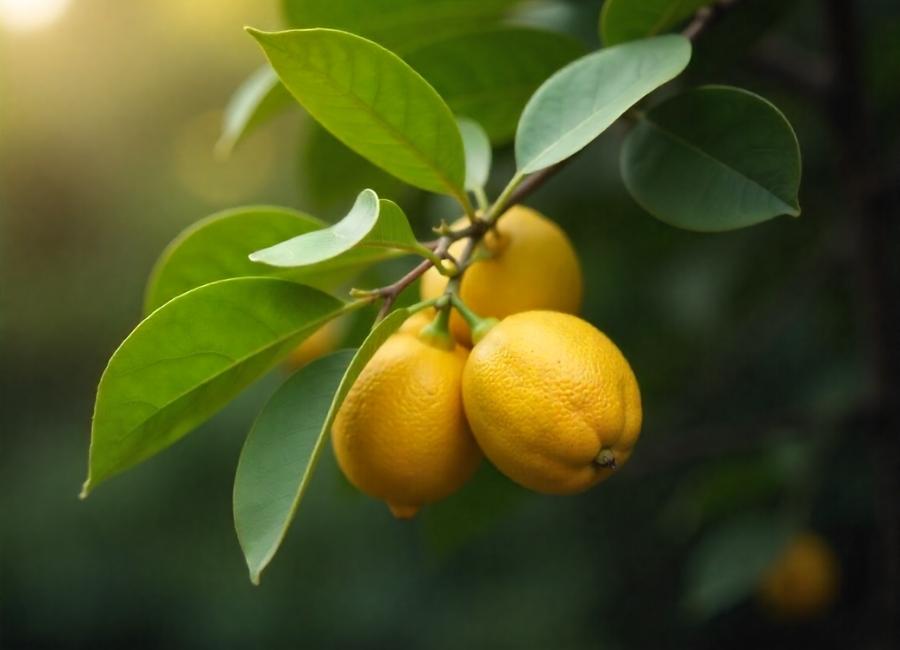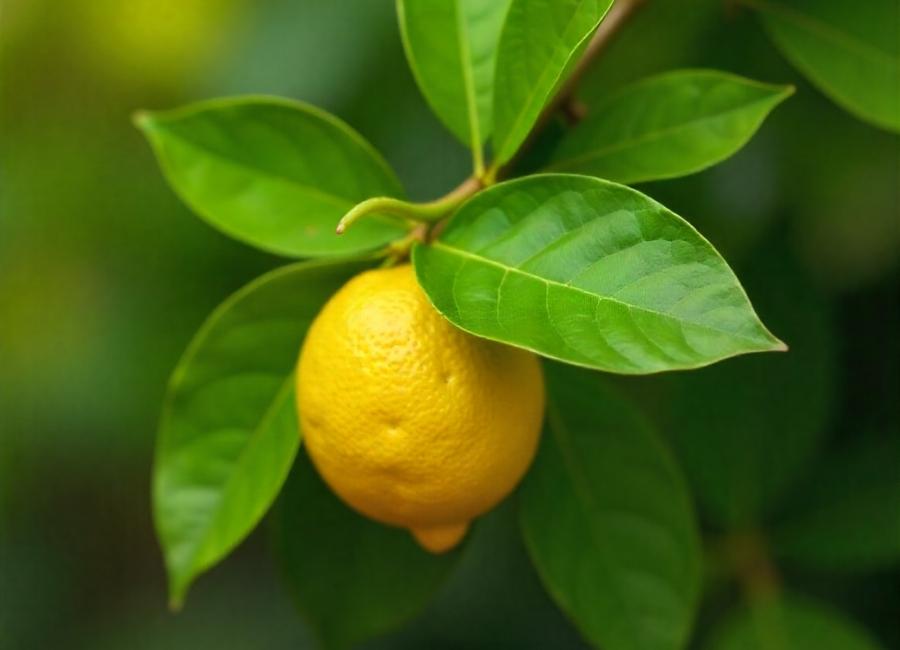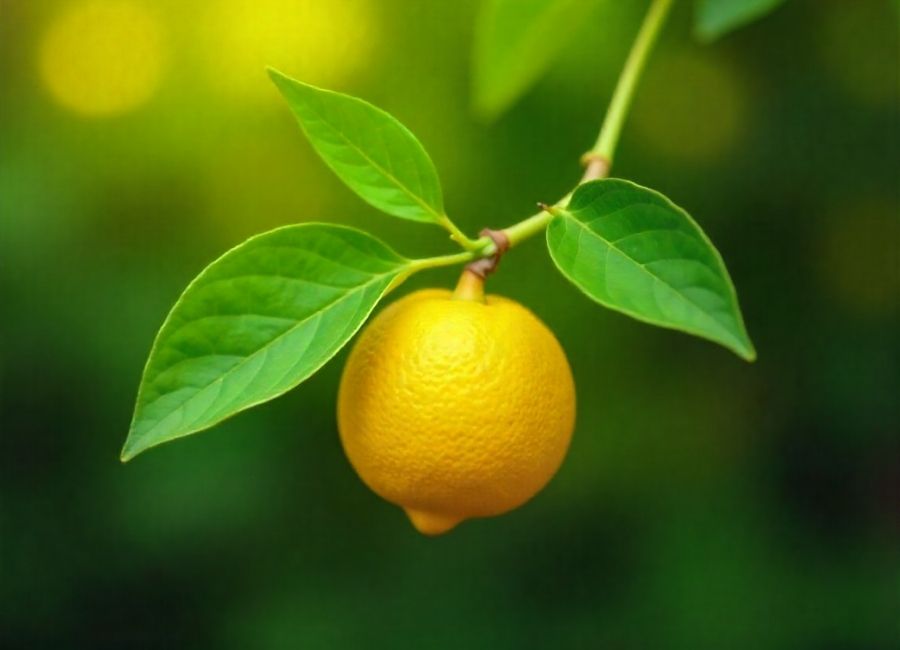Lemon trees are incredibly rewarding to grow. Not only do they provide the delicious, tangy fruits we love, but they also serve as vibrant, fragrant additions to your garden or home. However, lemon tree leaves often hold the key to the overall health and well-being of your plant. Whether you’re an experienced gardener or just embarking on a citrus-growing adventure, understanding lemon tree leaves can help you keep your plant thriving.
This guide explores everything you need to know about lemon tree leaves—from their health indicators to common issues and practical care tips.
Why Lemon Tree Leaves Are Important

Lemon tree leaves are more than just green appendages. They serve crucial roles in the health and productivity of your plant. Here’s how:
- Photosynthesis: Lemon trees, like all plants, rely on their leaves to produce food through photosynthesis. Healthy leaves directly translate to a thriving tree.
- Indicator of Plant Health: The state of your lemon tree’s leaves often reveals issues related to watering, soil quality, pests, or diseases.
- Protection and Growth: Lemon leaves act as a resource for growth by storing nutrients and protecting the plant from environmental stress.
By monitoring your tree’s leaves, you can often diagnose and address problems before they affect fruit production.
Common Lemon Tree Leaf Issues and How to Fix Them

Lemon tree leaves can suffer from a range of issues. Here are some of the most common problems and how to address them:
Yellowing Leaves (Chlorosis)
One of the most noticeable signs of distress in lemon trees is when leaves turn yellow. This could stem from several reasons:
- Nutrient Deficiency: Lemon trees require nitrogen, magnesium, and iron for their leaves to remain green. Yellowing caused by a lack of nutrients can often be resolved by fertilizing with a balanced citrus fertilizer.
- Improper Watering: Overwatering or underwatering can both lead to yellowing leaves. Ensure your soil has proper drainage and that you’re providing consistent but not excessive water.
Quick Tip: Always check the soil moisture before watering your lemon tree. The top 2-3 inches should be dry before you add more water.
Drooping Leaves
Lemon tree leaves may droop for temporary or persistent reasons:
- Underwatering: A lack of water is a common reason for drooping leaves. A deep watering session often restores the tree’s vigor.
- Temperature Stress: Sudden changes in temperature, especially prolonged exposure to cold, can cause drooping. Relocate potted lemon trees indoors during colder months if necessary.
- Root Rot (caused by overwatering): If the leaves are drooping and turning black or brown, suspect root rot. Cut back on watering and check the root health.
Curling Leaves
If your lemon tree’s leaves begin to curl, it could indicate one of the following issues:
- Pests: Aphids, spider mites, and leaf miners can attack lemon tree leaves, leading to curl or discoloration. Use an insecticidal soap or neem oil to manage these invaders.
- Environmental Stress: Extreme heat, wind exposure, or lack of humidity can cause leaves to curl. Placing mulch around the base and ensuring consistent watering can mitigate these factors.
Brown or Black Spots
Spots on lemon tree leaves are often a sign of fungal or bacterial infections, such as citrus leaf spot or greasy spot.
- Treatment: Prune affected leaves and dispose of the debris far from the tree. Apply a fungicide designed for citrus plants to prevent further infection.
Practical Tips for Healthy Lemon Tree Leaves

Maintaining healthy leaves requires diligent care. Follow these steps to nurture your lemon tree properly:
1. Use the Right Soil
Lemon trees thrive in well-draining, slightly acidic soil with a pH of 5.5 to 6.5. You can purchase specialized citrus soil or amend existing garden soil with organic matter and sand to improve drainage.
2. Provide Adequate Sunlight
Lemon trees love full sunlight, requiring at least 6-8 hours of direct sunlight daily. If you’re growing your tree indoors, position it near a south-facing or sunny window.
3. Water Correctly
Aim to keep the soil consistently moist but not waterlogged. Deep watering once or twice a week is better than frequent, shallow watering. For potted lemon trees, ensure the container has proper drainage holes.
4. Mulch Wisely
Adding a layer of mulch around the base of your tree helps retain soil moisture and moderate temperature. Keep the mulch about 2 inches away from the trunk to prevent rot.
5. Fertilize Regularly
Lemon trees are heavy feeders and require a balanced citrus fertilizer with added nutrients like nitrogen, magnesium, and iron. Fertilize during the growing season (spring to early fall) and follow package instructions for amounts.
6. Prune When Necessary
Pruning helps air circulate around the tree and prevents fungal diseases. Remove dead leaves, weak twigs, or branches affected by pests. Be cautious not to over-prune, as lemon trees need their foliage for photosynthesis.
7. Monitor for Pests and Diseases
Inspect your leaves regularly for signs of pests or disease. Treat any issues promptly with appropriate organic or chemical solutions.
Fun Facts About Lemon Tree Leaves
Did you know that lemon tree leaves are multifunctional? Beyond their role in the tree’s health, they also have culinary and aromatic uses:
- Culinary Uses: Fresh lemon leaves are often used to infuse teas, stews, or desserts for a zesty flavor.
- Aromatic Qualities: Lemon leaves are highly fragrant and can be crushed to release their citrusy aroma. They’re even used in homemade potpourris.
- Health Drinks: Some traditional medicine practices use lemon leaves for calming herbal teas.
Always ensure you’re using untreated, pesticide-free leaves if using them for consumption.
Signs of Thriving Lemon Tree Leaves
Healthy lemon tree leaves are vibrant green, smooth, and free from spots or discoloration. If you notice new growth appearing consistently, it’s a good sign your tree is thriving.
By paying attention to your tree’s leaves and responding swiftly to any issues, you’ll enjoy lush foliage and bountiful lemon harvests.
Start Growing Stronger Lemon Trees Today
Lemon tree leaves are nature’s thermometer, signaling the health of your plant. With proper care, attention, and quick intervention when problems arise, your lemon tree can maintain healthy leaves and produce abundant, fragrant fruits.
Take these tips to heart and your lemon tree will thrive in any environment, whether on a sunny patio, snug in your living room, or flourishing in your backyard.











